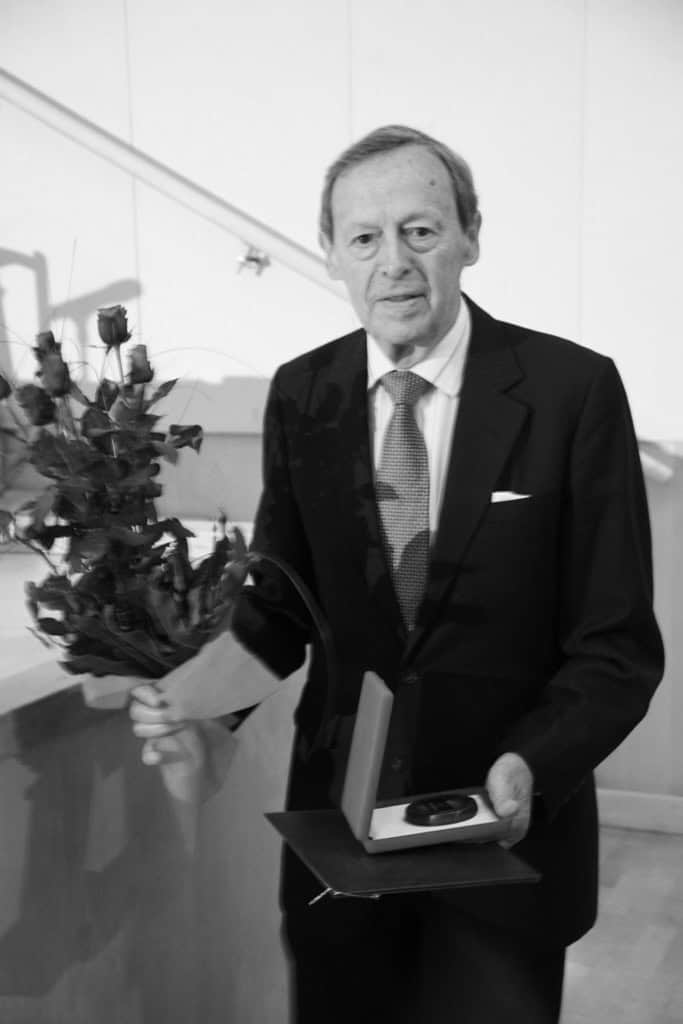New issue of EUROLABS Newsletter

The new issue of the EUROLABS Newsletter is available on the TNA EUROLABS website.

The new issue of the EUROLABS Newsletter is available on the TNA EUROLABS website.

The Dean of the Faculty of Mathematics, Physics and Computer Science, authorized by the Rector of the University of Gdańsk, announces a call for the position of assistant professor in the group of research and teaching staff in the Department of Atomic and Molecular Physics.
Further details on the website of the University of Gdańsk.

On July 23, 2025, Prof. Douglas Cline passed away. He was an outstanding scientist who laid the foundations for modern research on the structure of atomic nuclei using the Coulomb excitation method. Since 1963, he worked at the University of Rochester in the USA, where he built the Nuclear Structure Research Laboratory (NSRL) accelerator facility and directed it from 1988 to 1999. The Cline criterion for safe energy in Coulomb excitations and the Kumar-Cline sum rules will remain in the history of nuclear physics. Together with Tomasz Czosnyka and C.Y.Wu, he was the author of the GOSIA program, which was fundamental for the analysis of Coulomb excitations.
He was a master and friend of many Polish physicists, whom he hosted in Rochester and with whom he collaborated for years.
In 2012, he received the highest distinction of the Polish Physical Society – the Smoluchowski Medal.
